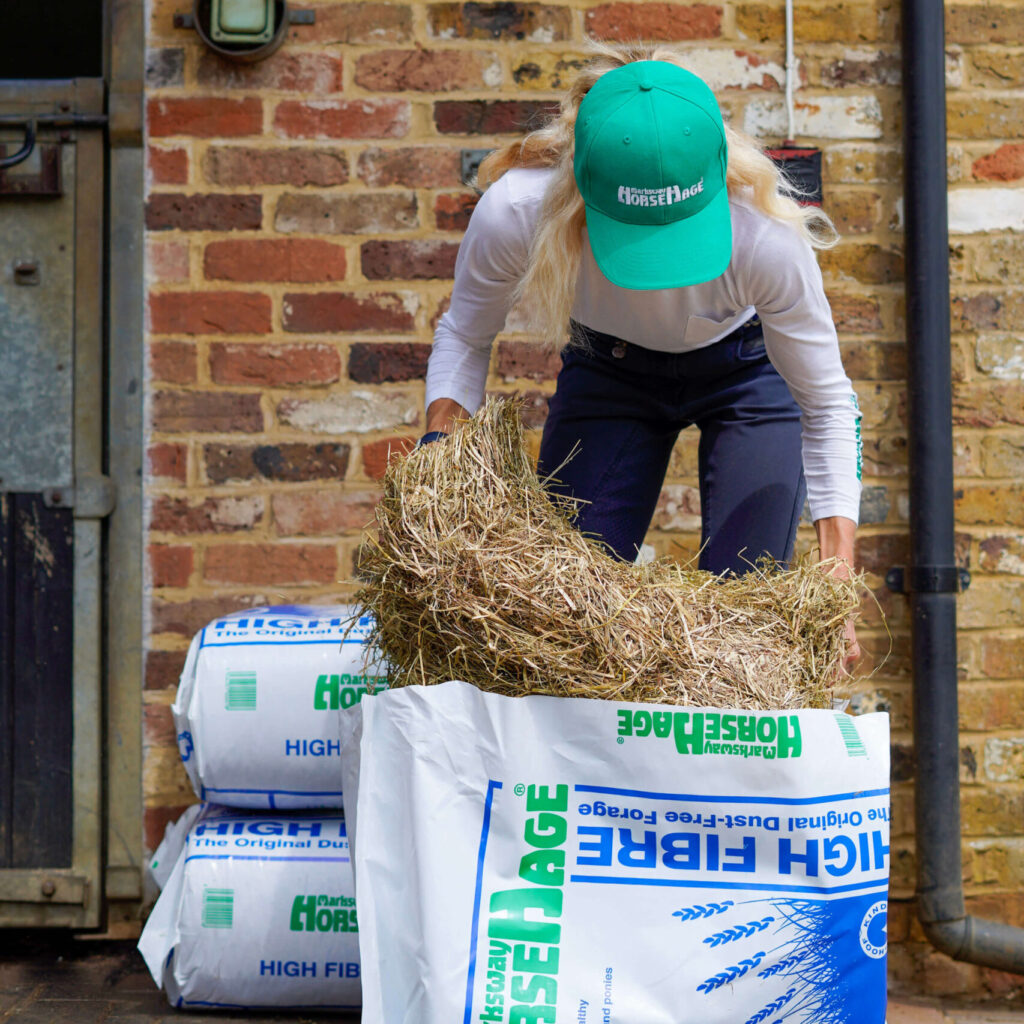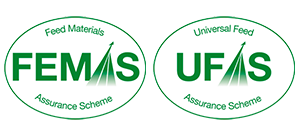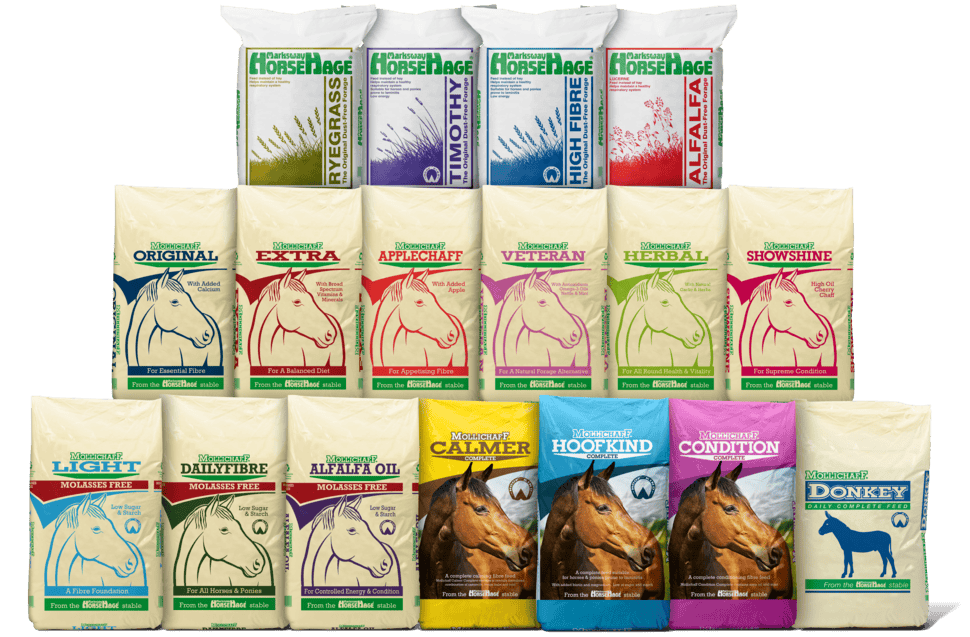
HorseHage, haylage and hay vary significantly in the production, preservation methods, nutritional value and hygiene content offered.
Many forages are not accurately tested for their feed value. This makes it difficult to maintain a consistent diet for your horse and in turn could hinder their health and/or performance.
What is hay?
Hay is typically cut from permanent pasture meadow grasses, with a wide variety of grasses and other species (meadow hays) or from specialist seed leys with a know composition of grasses, usually ryegrass based (seed hays).
When is hay cut?
The grasses are typically cut and air dried in the field (although some producers do use artificial barn drying methods). Hay is cut when the grass reaches a suitable level of maturity.
Typically, if the weather permits hay will be when 50% of the grass has a seed head. This usually occurs between June and August.
The grass relies on several days of warm dry weather to allow enough water to be lost to ensure the moisture level is low enough before baling, along with preventing the future development of fungal spores and other microbial activity that could spoil the hay.
What is the feed value of hay?
Many of the water-soluble nutrients such as B vitamins and anti-oxidants are lost from hay during the drying phase of production. These vitamins are important for energy production, immune system support and the production of oxygen-carrying red blood cells. Further nutrients can be lost through the process of soaking the hay.
Hay will also contain higher levels of dust. Dust is a mixture of broken-down plant material, fungal spores, bacteria and microorganisms. A higher moisture level at baling can lead to the proliferation of mould spores during storage. This will make the hay incredibly dusty and can lead to respiratory diseases and poor performance. A dust free diet and stable environment is vital to help maintain a healthy respiratory system.
Hay vs haylage
Haylage will maintain more nutrients than hay, and the fermentation process converts the water-soluble carbohydrates (sugars) into volatile fatty acids which are used as an energy source by the horse. The fermentation process lowers the sugar levels and increases the digestibility of the forage.
Although Haylage is wrapped, the packaging can be prone to holes increasing the chance of bacteria, fungi and mould entering the bales. Which often means it can not be kept for as long or there is more thrown away.
Sometimes we hear the owners discussing their forage “I have a lovely haylage it is really dry”. The likely hood is this is wrapped hay and has not been through any kind of fermentation process, this means the sugar content could be around 8-12% sugar and in some cases higher.
Unfortunately, these bales are miss-sold and usually at higher prices than standard hay. These bales are often not as palatable.
What is HorseHage?
HorseHage comes in four varieties – Rye Grass, High fibre (made from selected ryegrasses that have been allowed to mature to maintain high fibre low protein content), Timothy and Alfalfa.
HorseHage compared to Hay and Haylage
Horsehage is more digestible and has a higher feed value than hay.
Due to the fermentation process, Horsehage is naturally high in fibre and low in sugar ensuring energy levels are available for training and competition.
This enables customers to feed the forage that is matched to the horse’s requirements.
HorseHage contains no chemicals, additives, mould inhibitors and inoculants, flavourings or molasses.
How is HorseHage Made?
Our fields are cultivated and reseeded every two or three years with specific grass leys or Alfalfa to maintain consistent nutrient and fibre levels and to minimise weeds.
We go to considerable lengths to ensure the grass and alfalfa is at the optimum level of growth and moisture content of 35-45 per cent.
HorseHage packaging is double-lined to reduce the risk of mould. The gases produced in the fermentation process are able to escape through the semi-permeable outer shell, however, air is unable to enter the bale.
This packing process also contributes to the stability of the HorseHage products and means they can be kept safely unopened for up to 18 months.
HorseHage can be stored outside on pallets and the bale size means they are easy to handle at the yard or away at competitions.
The HorseHage Guarantee
We complete a nutritional analysis along with looking at the moisture content, appearance, texture and aroma prior to the product being released for sale.

HorseHage is certified by the Feed Materials Assurance Scheme (FEMAS). This means HorseHage has specifically grown grass or alfalfa leys with high regard for feed safety, consistent quality and full product traceability.
HorseHage also carries the BETA NOPS logo which means strict measures are in place to greatly reduce the likelihood they are contaminated with any naturally occurring prohibited substances.
Our mission is to produce the highest quality forage on the market and we back this up by offering a 100% quality guarantee on every bale of HorseHage.
Want free nutritional advice?
Our friendly and knowledgeable team is available on weekdays from 9am to 5pm.
Give us a call at 01803 527274 or send an email to sales@horsehage.co.uk


